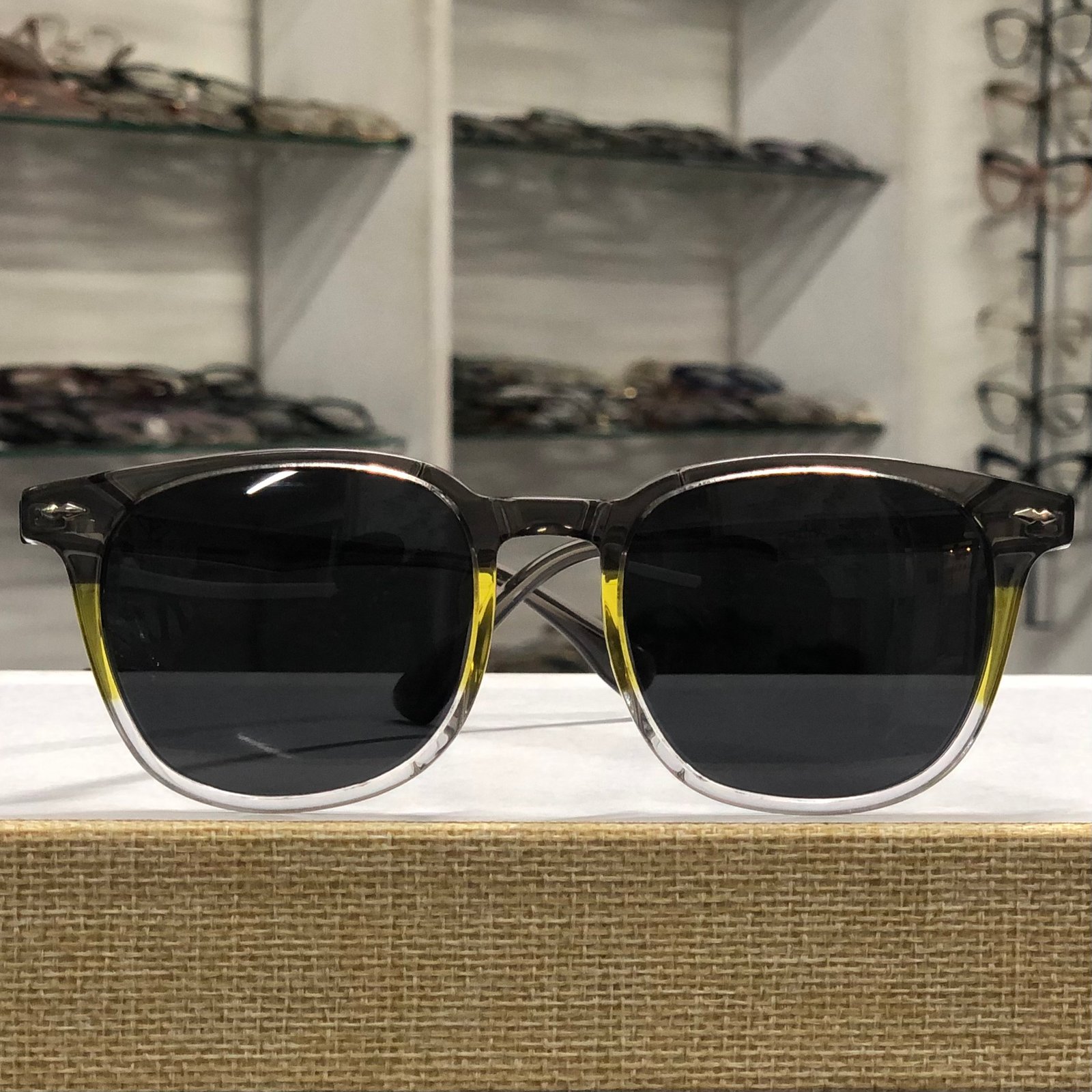When it comes to sunglasses, most people are keen on aesthetics, but what about functionality? Among the myriad of options available in the marketplace, polarized sunglasses often rise to the top, touted for their ability to diminish glare and enhance visual clarity. However, an essential question beckons: Are all polarized sunglasses created equal? Let’s delve into the nuances of polarized lenses, exploring the intriguing characteristics that differentiate one pair from another.
At first glance, polarized sunglasses may appear similar—fashionable frames with tinted lenses that promise to shield your eyes from sunlight. However, the way each pair is crafted can result in varying degrees of efficacy. To understand the distinctions, let’s start with the fundamental principle behind polarization. Polarized lenses contain a special chemical filter that blocks intense horizontal reflections, enabling clearer vision. This is particularly advantageous for activities like driving, fishing, and skiing, where glare can be dangerously distracting.
Now, let’s dissect the various elements that contribute to the quality of polarized sunglasses. The first element to consider is the lens material. Polarized lenses can be made from several materials, including polycarbonate, CR-39 plastic, and glass. Polycarbonate lenses are known for their shatter resistance and lightweight nature, making them ideal for sports enthusiasts. Glass lenses, while heavier and more prone to shattering, often offer superior optical clarity. Meanwhile, CR-39 plastic offers an excellent balance of durability and clarity at a more economical price point.
But material alone doesn’t determine the quality of polarized sunglasses—it’s also about the lens construction. Some manufacturers employ advanced technologies, such as multi-layer coatings, to enhance optical performance. High-end brands may utilize a high-grade polarization filter that guarantees uniformity across the lens, reducing visual distortions. Conversely, budget options may lack this attention to detail, leading to uneven polarization that can cause issues rather than alleviate them.
Another factor that plays a pivotal role in distinguishing polarized sunglasses is the UV protection afforded by the lenses. Polarization does not inherently equate to UV protection, which is another layer of safety that should not be overlooked. Many consumers mistakenly believe that because lenses are polarized, they automatically offer full UV protection; this is a misconception. Always double-check for a UV400 label, ensuring that your sunglasses block harmful rays up to 400 nanometers. This nuance is fundamental for safeguarding your eyes against long-term damage, regardless of whether the sun is bright and glaring or dim and overcast.
Additionally, prescription polarized sunglasses offer a unique twist for individuals who require corrected vision. Some polarized lenses can be fitted with prescriptions without compromising their polarized properties, which allows wearers to experience the benefits of glare reduction while also seeing clearly. This segment of the market has witnessed significant growth, catering to the needs of active individuals who demand performance and style in equal measure.
Misconceptions abound regarding polarized sunglasses, particularly about their effectiveness in certain conditions. For instance, while polarized lenses excel in bright, reflective environments, such as near water or snow, they may not perform optimally in all scenarios. In low-light environments or foggy conditions, polarized lenses can, paradoxically, reduce contrast, making it difficult for wearers to discern depth and visual details. Thus, it’s essential to understand the context in which you intend to use them and choose accordingly.
Moreover, cost can often serve as an indicator of quality, albeit not in a straightforward manner. While higher price tags can sometimes reflect superior materials and craftsmanship, it’s not universally true across all brands. Luxury brands may charge a premium based on brand reputation and aesthetics rather than the tangible qualities of the lens. On the other hand, lesser-known brands may offer impressive quality without the embellished price, which is why research is paramount.
What more should one consider when shopping for polarized sunglasses? Lens tint. The color of the lens can significantly influence visibility and aesthetics. Gray and green tints are often preferred for their ability to reduce glare without distorting colors. Brown and bronze tints can enhance contrast, particularly in variable light conditions. By understanding the implications of lens tint, you can customize your eyewear to suit specific environments and preferences.
Ultimately, the quest for the perfect pair of polarized sunglasses should transcend mere aesthetics. Undertaking a discerning approach is key to procuring a pair that aligns with your lifestyle needs, ensuring that you not only look good but also protect your vision adequately. A well-informed consumer is an empowered consumer, fully prepared to sift through the slew of brands and options in search of the perfect pair.
So, are all polarized sunglasses the same? Absolutely not! The differences that exist at various levels—material, construction, UV protection, and tint—can significantly alter your experience and what you gain from wearing them. It’s not just about finding a pair that looks fantastic; it’s about investing in your eye health, enhancing your outdoor adventures, and elevating your everyday experiences. As you embark on your quest for the perfect pair, remember that knowledge is your most powerful ally. Embrace the journey of exploration and let your curiosity guide you toward clarity—both in vision and in choice.
